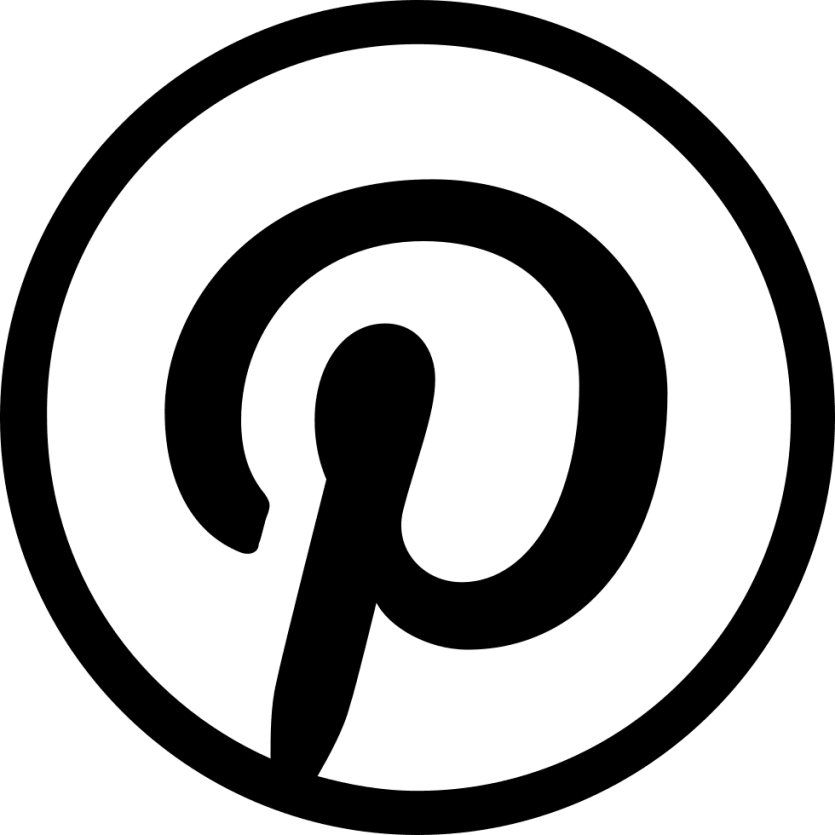|
You can buy hand-painted oil-on-canvas Hans Holbein art reproductions from Bohemian Fine Art
Renaissance man comes home
Intimate portrait of Sir Thomas More and family returns after nearly 500 years
An intimate pen and ink drawing of Sir Thomas More at home with the family is returning to
Britain
for the first time since it was given as a present to the humanist scholar Erasmus almost 500 years ago. The inclusion of the Hans Holbein drawing has generated excitement at Tate
Britain
, which opens its autumn blockbuster, Holbein in
England
, on Thursday.
It was made in 1526 and became an 8ft by 13ft painting which ended up hanging on the walls of a castle in what is now the
Czech Republic
until it was destroyed in a fire in the 18th century.
Soon after completing it, Holbein took it to
Switzerland
and gave it to More's friend Erasmus, so he could see how the family was getting on. Erasmus adored it and said it made him feel as if he was back in the
Chelsea
household. It has remained in
Basel
,
Switzerland
, ever since and has been lent by the city's Kunstmuseum. "It is amazingly exciting to have it here in
London
," said the show's curator, Susan Foister. "The painting's destruction was very sad but at least we have this wonderful drawing which gives us a good idea of the composition and the background in what was the family home in
Chelsea
."
More, a staunch Catholic, was Henry VIII's adviser, secretary and then finally the first layman to be chancellor after Cardinal Wolsey refused to help annul Henry's marriage to Catherine of Aragon (divorced).
In 1515 More published what has been called one of the first classics of English historiography, The History of Richard III, and the following year he published his most famous work, Utopia - a description of an island ruled by reason, free of poverty and war. But he fell out of favour with Henry and was beheaded in 1535 for opposing Henry's marriage to Anne Boleyn (beheaded). Erasmus, who had a profound influence on the Reformation, was a good friend of More and dedicated his most famous work to to him - The Praise of Folly, a satire on the Catholic church.
For Erasmus the drawing was the 16th century equivalent of looking at a family photograph. There were also annotations in old German by Holbein pointing out proposed changes as well as a brown ink drawing of a monkey in the bottom right hand corner. More had a small zoo and was especially fond of one particular monkey. The drawing - Designs For More Family Group - will be shown alongside a series of preparatory chalk drawings of individual More family members which are held in the royal collection at Windsor.
"This is the biggest exhibition for over 50 years and there are paintings in the exhibition that have not been seen here for many years," said Dr Foister."We see Holbeins everywhere we go and we're pretty thrilled with what we've managed to borrow."
Holbein is regarded as the first truly great painter to work in
England
. His hesitant arrival in 1526 in effect brought the Renaissance from continental
Europe
to
Britain
.
When, aged about 29, he arrived to meet his future patron Sir Thomas More there were fears he would not get much work. More wrote to his friend: "Your painter, dearest Erasmus, is a wonderful artist, but I fear that he is not likely to find
England
so abundantly fertile as he had hoped; although I will do what I can to prevent him finding it quite barren."
How wrong could he be? Holbein went on to paint much of the court of Henry VIII and his portraits of the monarch are known to generations of schoolchildren. Arguably the most famous, from the Museo Thyssen-Bornemisza in
Madrid
, will also be in the show.
It will be reunited, for the first time in centuries, with portraits of Henry's third wife, Jane Seymour (natural causes), from the
Kunsthistorisches
Museum
,
Vienna
, and their sickly son Edward who, as Edward VI, died at 15. That portrait is being lent by the National Gallery of Art in
Washington
. One oil painting not coming to the Tate will be the 1533 work The Ambassadors, because conservators feel it would be too risky to move from its home in the National Gallery. The exhibition concentrates on Holbein's two periods in
London
between 1526-28, and 1532 until his death from the plague in 1543. It continues until January 7.
|











